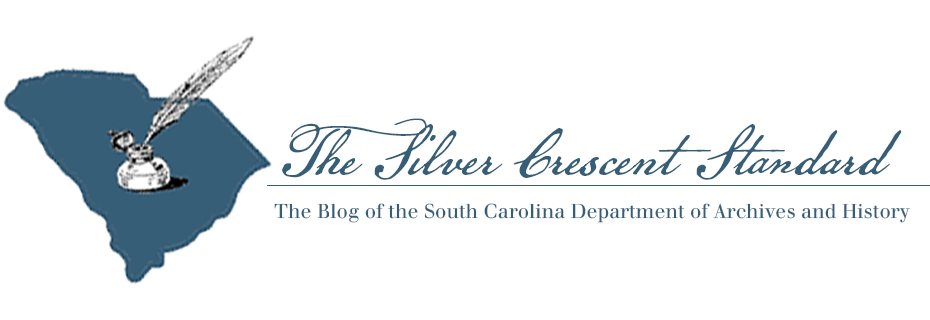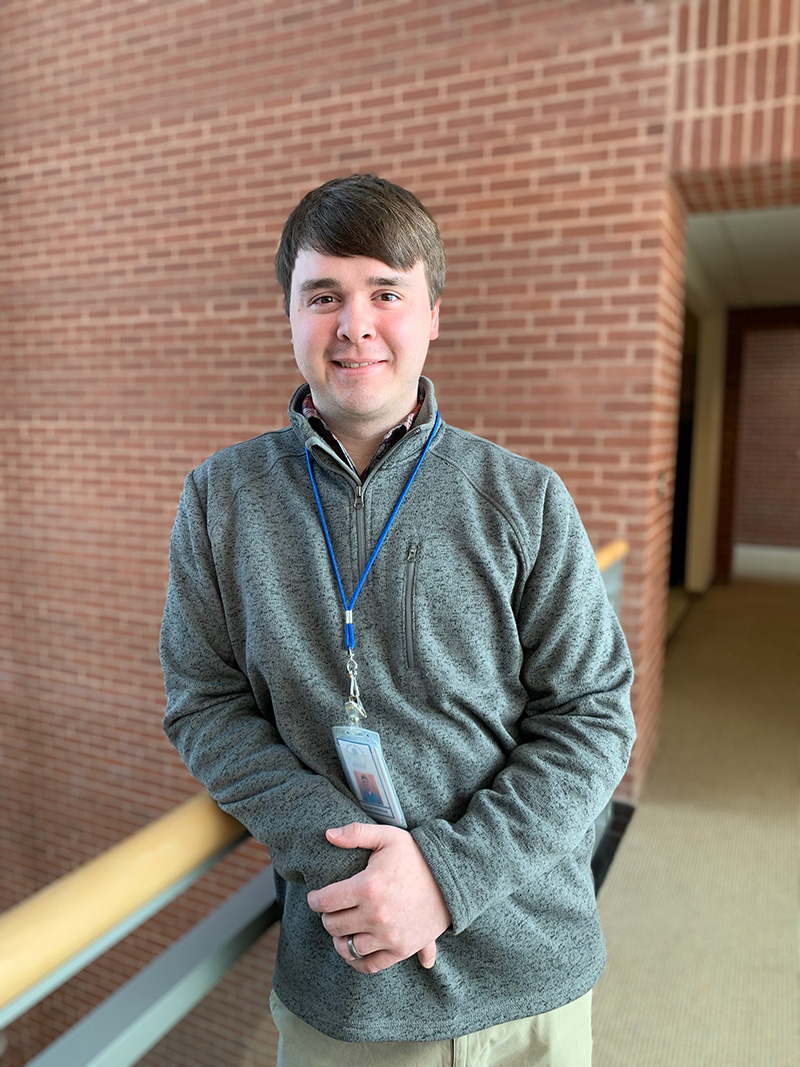

I was born here in Columbia and have lived in South Carolina my whole life. I grew up in Calhoun County, where as a kid I was exposed to history in all sorts of ways. Specifically, I found artifacts in our family garden which sparked an early interest in Archaeology which I eventually pursued in college and in graduate school. I received my Bachelors degree in Anthropology from the University of South Carolina in 2013, and my Masters in Anthropology in 2017, also from USC. My Masters thesis, and other research I have done, has focused on the study of Paleoindian and Early Archaic period peoples of South Carolina, who lived roughly between 13,000 and 8,000 years ago. These people lived very nomadic lifestyles, and left traces of their movement and subsistence across the landscape. By working closely with private artifact collectors and landowners, I frequently document and study artifacts found by the public and use that data to learn more about these past peoples. This research and work with the public has informed me about the condition and value of these prehistoric cultural resources, something I incorporate into my job as the Review Coordinator for Transportation Projects, which I began within the State Historic Preservation Office here at SCDAH last October.
- What do you do as the Review Coordinator for Transportation Projects?
My position is responsible for coordinating the review of cultural resource survey reports that are produced prior to the implementation of many Department of Transportation projects. Whether it is an intersection improvement or a highway widening project, the SCDOT or hired consultants survey project areas for significant historic or archaeological resources. My job is to ensure that these identified resources are evaluated correctly, and those that are evaluated as eligible for listing on the National Register of Historic Places, are documented and avoided if possible.
- Why did you want to work in historic preservation?
Growing up I was exposed to history in a wide variety of ways, and I’ve continued to pursue connections with remnants of the past ever since. My love for archaeology, and the desire to study and protect the many irreplaceable archaeological sites across this state, perfectly prepared me for my work in the State Historic Preservation Office. Here I am able to provide assistance in not only identifying important historic resources, but also aid in ensuring these important resources are protected and properly studied when circumstances allow it.
- Do you have a favorite archaeological site here in South Carolina?
Every archaeological site is unique, and each provides us with important clues about past human lifeways. Some archaeological sites have characteristics that are more interesting, or simply have more materials with which to answer various research questions. Personally, the most interesting archaeological site that I have been fortunate enough to work on, is the Johannes Kolb site in Darlington County. This site has been excavated and researched by numerous archaeologists under the guidance of the South Carolina Department of Natural Resources, who owns the site as a part of the state’s Heritage Trust program. This site has an abundance of archaeological resources ranging from the Paleoindian time period approximately 13,000 years ago, up until the mid-20th century, and every period in between.
- What is your favorite part of the job?
My favorite part of working in the State Historic Preservation Office is reading about and evaluating historic resources that have been identified during surveys, and discussing these resources with my great, like-minded coworkers. We all have a deep appreciation for our state’s historic resources, and all want to see these resources protected whenever possible.
- What is your favorite time period and why?
My favorite time period is the Early Archaic cultural period between 11,500-8,000 years ago. People during this time were experiencing the new, warm, modern Holocene climate that we are currently experiencing after the Ice Age ended. With the end of the Ice Age, and the extinction of the large megafauna such as the Mammoths and Mastodons, people adjusted their hunting practices towards the smaller wild game that remained such as whitetail deer, black bear, bison, etc. These people still lived a very nomadic life, moving all over the South Carolina landscape, hunting and gathering resources as they went. Their technology became more complex and specialized in a number of ways, and studying these adaptations, and the intricate complexities of their way of living and interacting with one another, continues to fascinate me and capture my imagination and curiosity.
